Five years after the division of Vietnam in accordance with the Geneva Accord, the Vietnam War started in 1959. North Vietnam was a communist government headed by Ho Chi Minh, while in the south, the Democratic government was headed by Ngo Dinh Diem. The Democratic Republic of Vietnam, called DRV, and the National Front for the Liberation of Vietnam, better known as Viet Cong, united to implement communism on the national scale. This united front was opposed by Republic of Vietnam, better known as South Vietnam RVN. It was in fact instituted by U.S. and was actively backed to help geurillas fight against the united front in order to prevent the spread of communism. The Vietnam War was, in fact, an indirect war between the Soviet Union and the United States of America. To what extent U.S. was successful in Vietnam is debatable, and the controversy has given rise to many myths on both sides. Myths about Vietnam War were mostly invented to assure the nation that the war was an American success story.
1. Fallacy of the Domino Theory
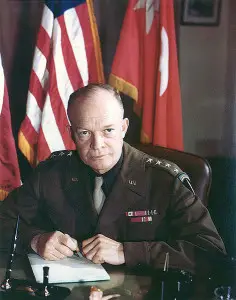
Domino theory implies that if a nation falls in the control of communism, its neighboring countries too will be potentially influenced by communism. U.S. President Dwight D. Eisenhower, replying to a reporter on April 7, 1954, said, ‘Finally, you have broader considerations that might follow what you would call ‘the falling domino principle.’ You have a row of dominoes set up, you knock over the first one, and what will happen to the last one is the certainty that it will go over very quickly. So you could have a beginning of a disintegration that would have the most profound influences.’ The myth is that the theory was ultimately proved false, while the fact is that it was verified. The association of Southeast Asian Countries, comprising of Philippines, Indonesia, Malaysia, Singapore, and Thailand, remained uninfluenced by communism because of the American involvement in Vietnam. Had America not been involved in the situation, these countries would have most probably fallen under the control of communism.
2. It was a Lesser War

It is a myth that the Vietnam War was not as intense as projected by the media. The fact is that it was more intense than usually known. Statistical data analysis of this war reveals some very bitter facts. Out of total 2.7 million who served in this war, 58,148 were killed, 304,000 were wounded and 75,000 Vietnam veterans were disabled. In World War II an infantry man was involved in 40 days of combat in four years, while in case of the Vietnam War, an infantry man faced 240 days of combat in one year. About 500,000 helicopter missions were conducted and 900,000 were wounded, of which almost half were Americans, who airlifted for treatment.
3. Kim Phuc was not burned by the Americans
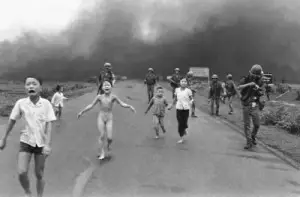
It is a commonly circulated myth that the little nine year old Vietnamese girl, Kim Phuc, who was running naked after the napalm bomb strike, was burnt by the American bombing. The fact is that the Americans had nothing to do with that case. There was no American involvement. In fact the Vietnam Airforce planes attacked the village Trang Bang. The flights were being conducted by the Vietnamese pilots in support of the South Vietnamese troops on ground. Both the pilot, who dropped the napalm by mistake, and the photographer, who filmed the girl, later on lived in America.
4. Not may Vietnamese Veterans suffered PTSD

PTSD, post-traumatic stress disorder, is a mental condition arising after witnessing a horrible event. It is characterized by an uncontrollable flow of thoughts recalling the event, nightmares, and severe anxiety. A myth is that not many of the Vietnam veterans, who had seen terrifying events, suffered from PTSD. Statistics however prove otherwise and as a matter of fact as many as 800,000 Vietnam veterans suffered from PTSD. Most of them were the infantry men and it was the infantry that suffered most of the casualities. To distract attention from the facts, it is sometimes stated that although the figures are almost undeniable, not all of the PTSD sufferers were Vietnam veterans and they included non-combatant sufferers too.
5. The War was fought by Draftees
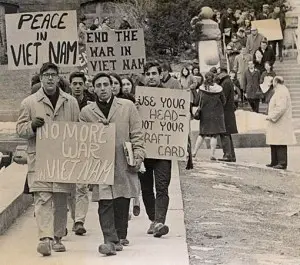
The myth is that the Vietnam War was fought by draftees while W.W. II was fought by volunteers. In truth, the fact is that 70% of volunteers died in the Vietnam War while 70% of draftees died in W.W. II. Judges, who are aware of the correctional effect of military training, gave a choice to minor criminals to opt for jail or military service. Many of them preferred the military option, not on account of patriotism but to try to avoid combat through joining National Guard or Reserve Unit.
6. U.S. did not lose the Vietnamese War
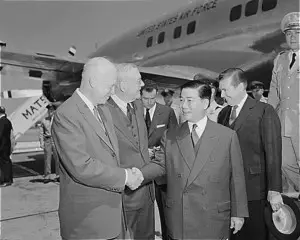
That U.S. did not lose the Vietnam War is not less than a myth. It is quite difficult for a super power to confess its losses. Regardless of what the American academic or military analyses are of the end result of the Vietnam War, the statistics do not speak of the U.S. emerging as an uncontroversial victor of the Vietnam war. The fact is that 2,709.918 American soldiers took part in this war. 58,148 out of them were killed in Vietnam. About 75,000 were severely disabled, while 23,214 were disabled totally. Those who lost their limbs were 5,283. More than 60% of the killed were under 21 years of age and five were just 16 years old.
7. Soldiers who fought in the War, were not too young
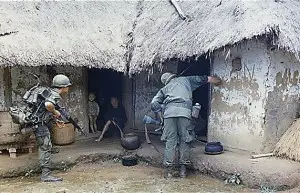
It is very often said that the idea that the soldiers who fought in the Vietnam War were too young is simply a myth. It is a defensive statement, because as a matter of fact the soldiers who fought in the Vietnam war were really too young to be exposed to the horrors of war. Trying to prove with the help of statistics that the average age of the soldiers was twenty-three and not nineteen years is just another way to tell they were not teenagers. The average, in such matters, is not a good index.
8. That Mostly the Poor did not Fight in the War
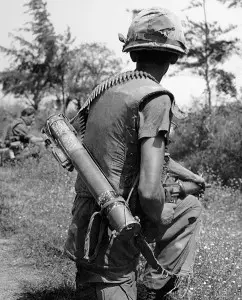
It is a myth that the soldiers who were sent to fight in Vietnam did not belong to poor families. The fact is that most of them did belong to poor families, although many of them were pilots or infantry officers. It is also true that most of them were high school graduates, yet they were raised to officer’s status not on account of their family background but on account of their professional training during their military career. As far as the rich are concerned, they are the foremost to seek defense, but not the first to seek to defend.
9. Excessive Killings of Blacks

The myth is that compared with the casualties of white soldiers an excessive number of blacks were killed in the Vietnam War. The fact is that 86% of soldiers killed in the war were Caucasian, versus 12% blacks. This was almost equal to the proportion of the black population at the time of war. Studies conducted by sociologists reveal that the myth is not true and in fact more white soldiers were killed in war. This proportion is also reflected in the veterans of the Vietnam War.
10. Suicides among Vietnam veterans
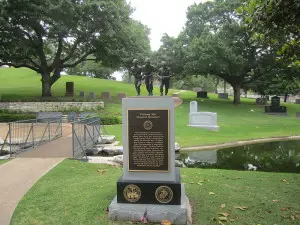
An exaggerated rate of suicides as high as 100,000 among the Vietnam veterans was projected. It is more of a myth and less of the fact. The fact is that only 9,000 suicides had been verifiable. Equally true is that the number of suicides among the Vietnam veterans was higher than in the rest of population. According to CDC it was 1.6 times higher in the Vietnam veterans, contradicting the highly exaggerated rate of the mythical 11 times higher than the rest of the population.
Conclusion
A myth is an invented story relating to an event, living being, or a deity. It is usually a collective belief or a story which is not verifiable and has been developed to immortalize an event or by an institution to save face. Misinformation is tactically employed during wars to mislead and demoralize the opponent, while myths replace the misinformation after the wars, tailored to the consequences, in order to satisfy the communities. According to Freud, ‘Sometimes myths are public dreams which, like private dreams, emerge from the unconscious mind’.










Leave a Reply